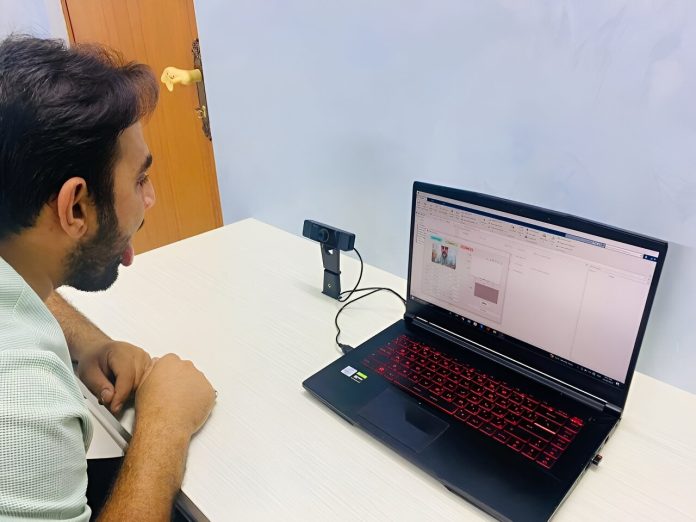
A new computer algorithm has achieved a remarkable 98% accuracy in predicting various diseases simply by analyzing the color of a person’s tongue.
This breakthrough was made by researchers from Middle Technical University (MTU) in Iraq and the University of South Australia (UniSA), who developed an imaging system capable of diagnosing conditions like diabetes, stroke, anemia, asthma, liver and gallbladder diseases, COVID-19, and several vascular and gastrointestinal issues.
The system works by using machine learning algorithms trained on a large dataset of tongue images.
In a series of experiments, the researchers used 5,260 images to teach the AI model how to recognize specific tongue colors associated with different diseases.
They also tested the system with 60 images from patients at two teaching hospitals in the Middle East, where the AI was able to correctly match tongue color with the corresponding disease in nearly all cases.
This new technology is detailed in a paper published in the journal Technologies, highlighting how the system offers on-the-spot disease diagnosis. According to Dr. Ali Al-Naji, a senior researcher from MTU and UniSA, this AI approach is actually replicating a practice that has been used in traditional Chinese medicine for over 2,000 years—examining the tongue to detect signs of illness.
Dr. Al-Naji explains that different tongue colors can indicate different health conditions. For example, people with diabetes often have a yellow tongue, while cancer patients might have a purple tongue with a thick, greasy coating.
Patients who have had a stroke may present with an unusually shaped red tongue, and a white tongue could suggest anemia.
People with severe COVID-19 are likely to have a deep red tongue, while an indigo or violet tongue can indicate vascular or gastrointestinal issues, or even asthma.
In the study, cameras were placed 20 centimeters away from patients to capture images of their tongues. The AI system then analyzed the images in real time to predict their health conditions.
Co-author Professor Javaan Chahl from UniSA notes that in the future, this technology could be adapted for use with smartphones, making it even more accessible for disease screening.
He adds that this computerized tongue analysis is a secure, efficient, and user-friendly method that blends modern technology with ancient medical practices, offering a cost-effective way to screen for diseases.
If you care about health, please read studies about turmeric: nature’s golden answer to inflammation, and what to eat to reduce chronic Inflammation.
For more health information, please see recent studies about how a plant-based diet could help ease inflammation ,and Vitamin D deficiency linked to increased inflammation.



